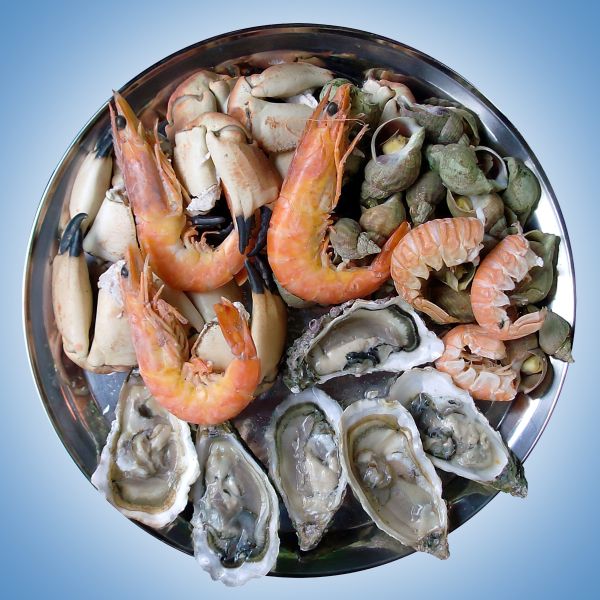Disturbing data from a World Economic Forum study reveals that nearly 23.8 million tonnes (MT) (23,813,445), representing 14.8 percent of seafood produced in 2021, were wasted amid global concerns over food security issues.
By 2030, it is estimated that a total of 181 million metric tonnes (MT) of aquatic foods will be consumed. The rising demand for aquatic food, along with its nutritional benefits, underscores international concern about seafood loss and waste (FLW) and the need for mitigation efforts, according to reports.
The investigations on global aquatic FLW showed that the drivers of the wastage of seafood emerge from the aquatic food value chain. They include fish discarded at sea, fish processing on land, retail, food services (comprising sale and consumption in hotels, restaurants and catering – HORECA) establishments and household consumption.
While the first four stages result in food loss, the final stage – household consumption – is referred to as food waste. It notably arises from consumers purchasing or cooking more than they need and disposing of unconsumed food.
The United Nations Food and Agriculture Organization (FAO) defines food loss as “food that has unavoidably become unfit for human consumption, leading to a decrease in the quantity or quality of food”. Food waste is defined as “the removal of food that is still fit for human consumption by choice due to spoilage or food expiration”.
About the drivers of aquatic FLW along the value chain, findings from the report indicate that globally, the biggest are processing on land and discards from wild-capture fishing with a percentage of 21.55 and 11.79 respectively, while food service generated the lowest percentage – 4.65.
Beyond quantifying aquatic food loss and waste at the global level, the analysis further reveals that the percentage of total edible loss varies across continents. Asia recorded the highest with 37 percent, followed by Europe generating 31.81 percent and Oceania, on the other end, had less than 2 percent of edible aquatic food loss in 2021. Meanwhile, Africa placed fourth with 10.41 percent.
Also, comparative analysis of aquatic FLW between lower/middle income and higher income nations reveals that with the former, most aquatic FLW occurs during post-harvest and processing while the latter generate large proportions of their aquatic FLW during consumption.
The loss in lower- and middle-income nations is primarily ascribed to poor handling techniques, financial restraints driving technological limits and a lack of cold storage and transportation facilities. The main factors influencing this in higher-income countries are consumer attitudes and behaviour around waste.
Recognising the significant magnitude of global aquatic FLW presented in the results, the analysis highlighted some interventions to tackle aquatic food loss and waste. They include: by-product use, investing in skills and knowledge, market trends and diversification, emerging technologies, infrastructural improvements, industry collaboration, and policy and regulatory framework.
According to the report, the most rational approach to reduce aquatic FLW is through by-product utilisation. Aquatic foods by-products serve as valuable raw materials for various purposes, including fish meal and fish oil used in aquacultural and agricultural feeds, compost, silage, fertiliser and biofuel. Additionally, they are utilised in pet food and have demonstrated promising applications in pharmaceuticals, nutraceuticals, biomedicine, cosmetics and biodegradable materials.
Furthermore, by incorporating cutting-edge technologies like blockchain, artificial intelligence (AI), big data analytics and 3D printing, the aquatic foods value chain can be completely changed, providing novel potential for more effective assessment and relief of aquatic FLW.
The report also suggests that encouraging collaboration to decrease aquatic FLW at different scales and stages of the value chain promotes a culture of collective responsibility for waste reduction.
Source: B&FT
| Disclaimer: Opinions expressed here are those of the writers and do not reflect those of Peacefmonline.com. Peacefmonline.com accepts no responsibility legal or otherwise for their accuracy of content. Please report any inappropriate content to us, and we will evaluate it as a matter of priority. |
Featured Video


















